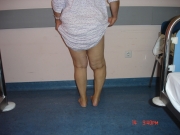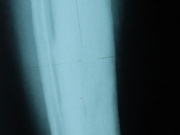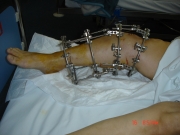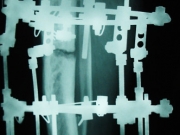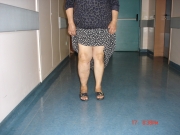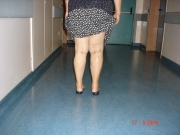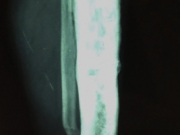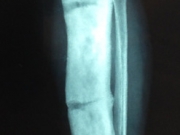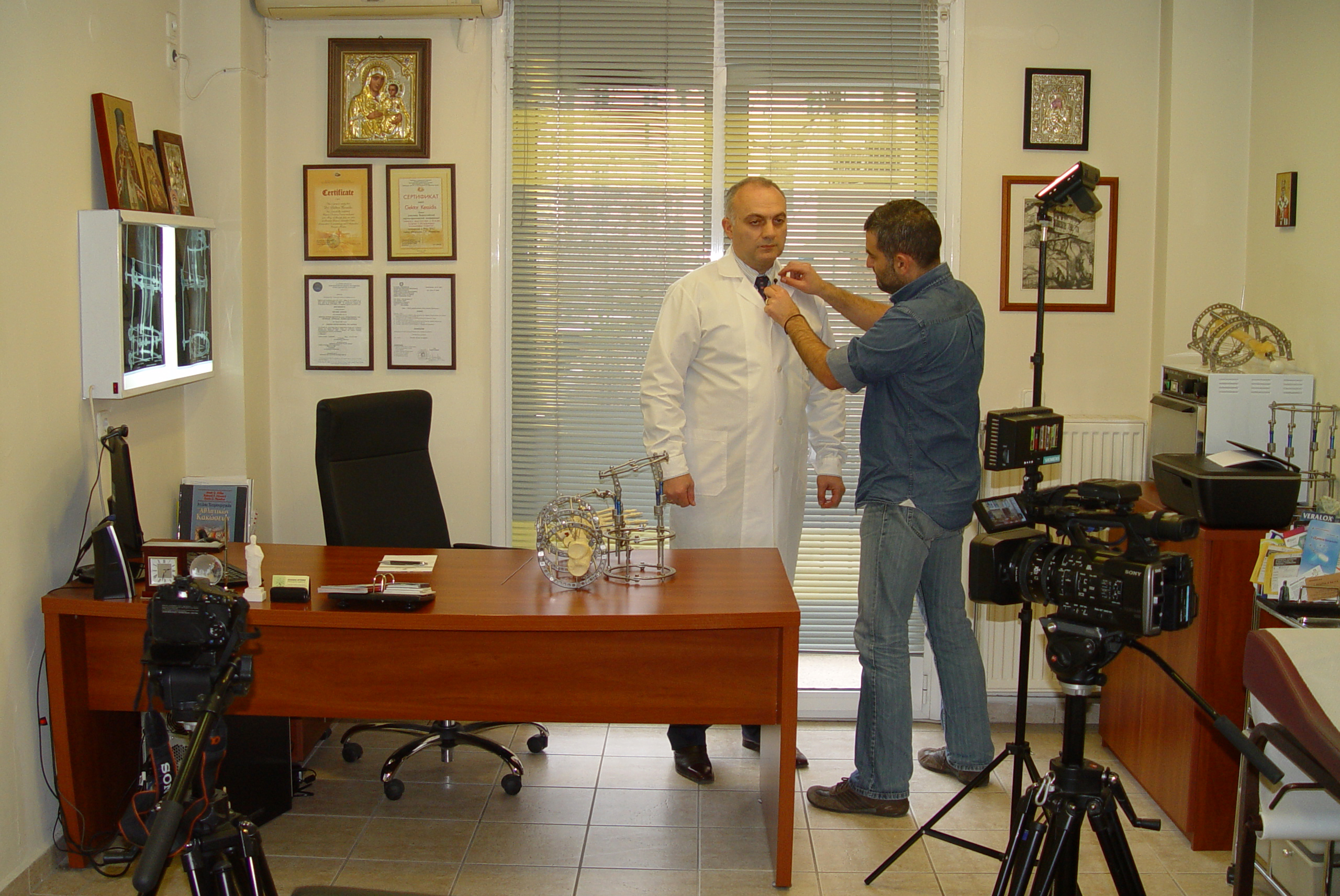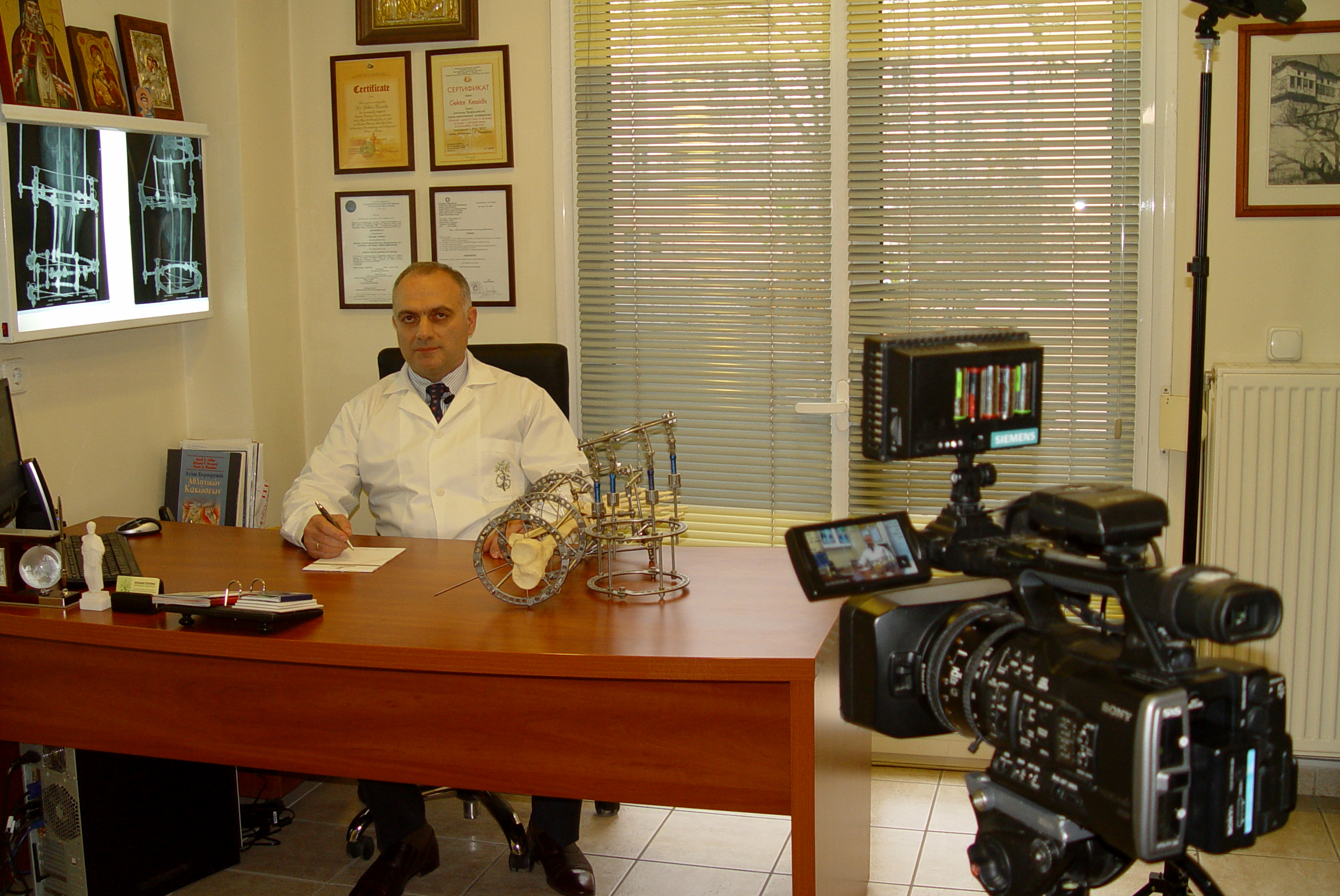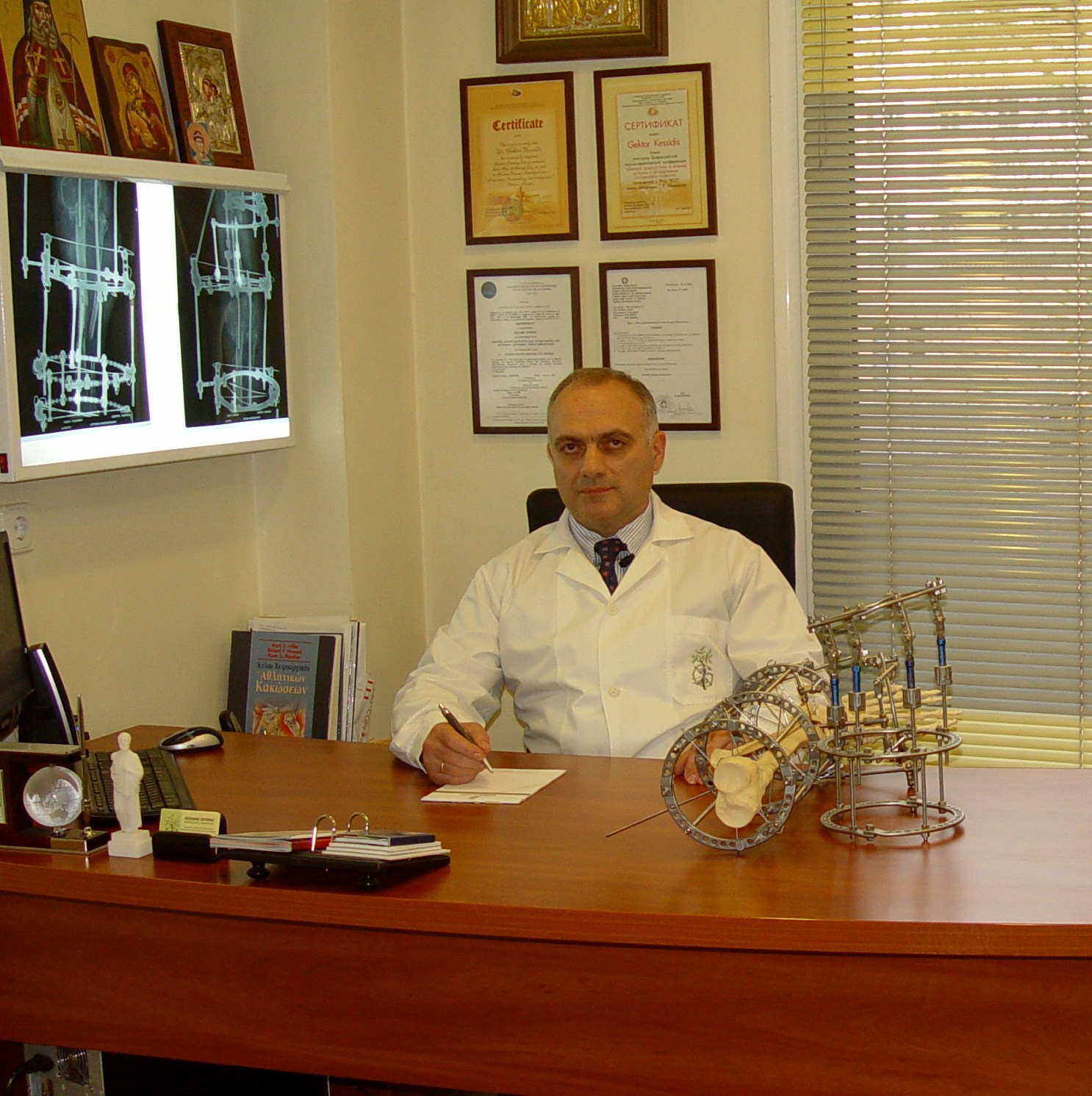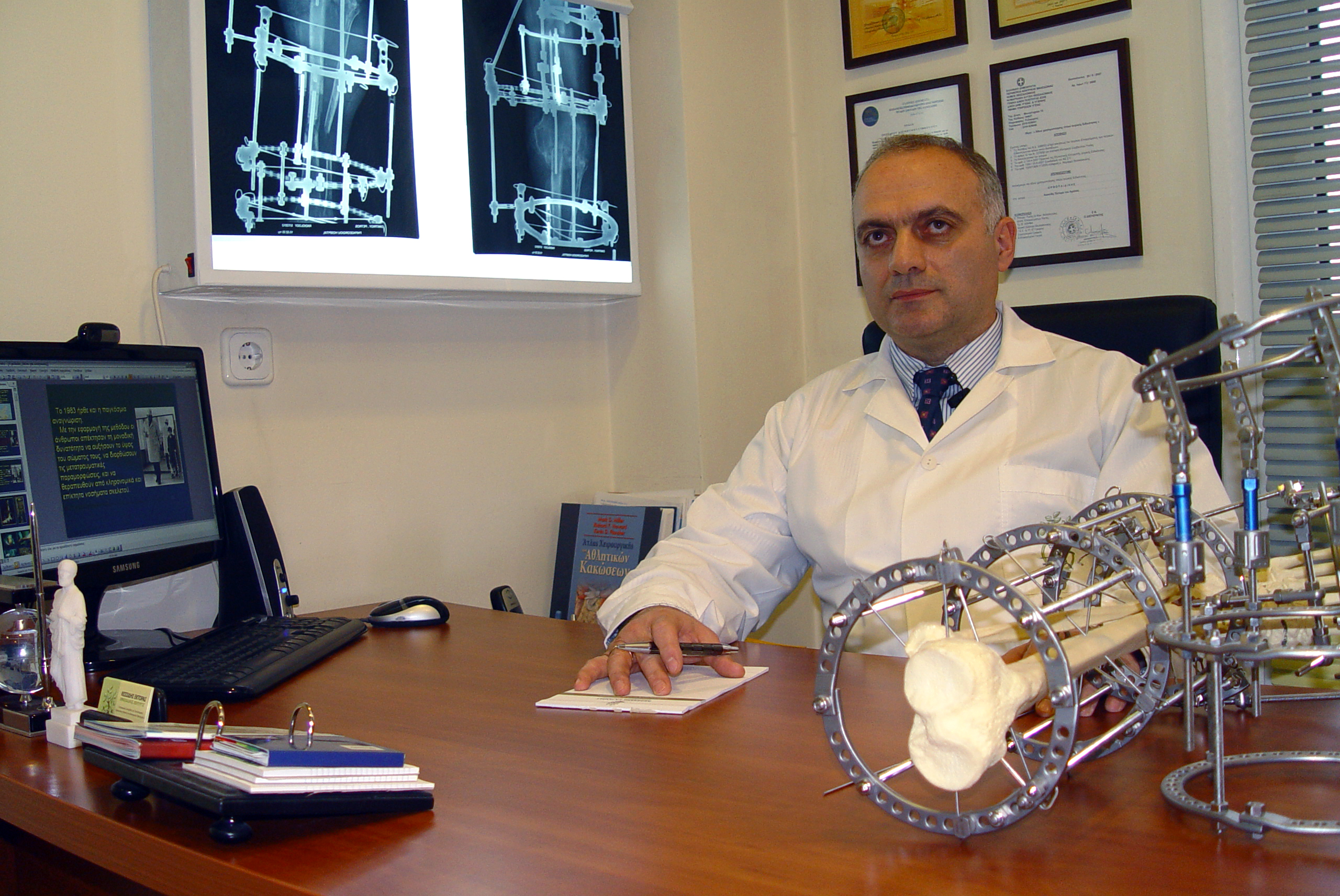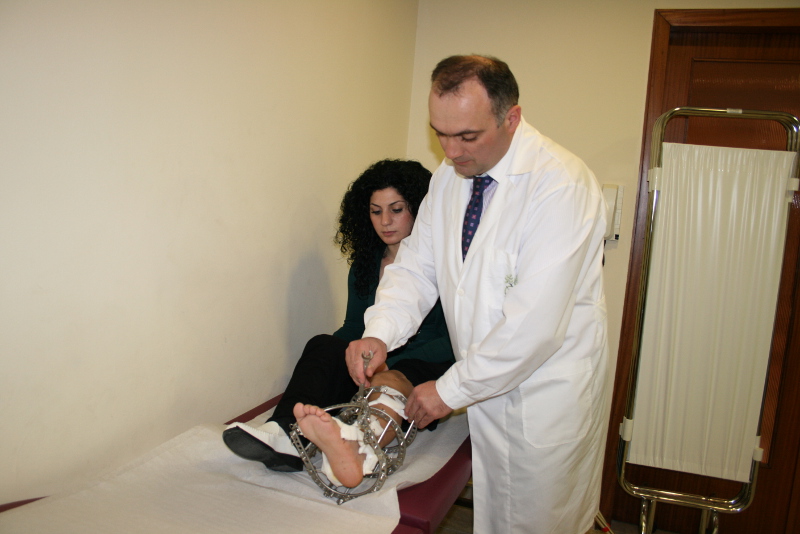The Paget’s disease of bone, or deforming osteodystrophy, owes its name to the British physician Sir James Paget, who first described the entity in 1876.
This bone disease is characterized by an excessive increase in osteoclasts and osteoblasts (bone cells) activity, which, thereby produces abnormal and irregular bone structure. The change in composition of the affected bone causes the reduction of its strength making it susceptible to bone fractures and deformations.
The aetiology of the Paget’s disease is not fully understood. The most common theory regarding the cause of the disease is the viral origin. The Paget’s disease has no effect on the skeleton as a whole, as it happens in other metabolic diseases, because it only affects a single or several bones. The disease is characteristic for people of middle and old age.
The incidence of the disease increases with age: the frequency is 0.3% for population of 35-44 years of age and 9% for people older than 85 years.
The disease is equally expressed in both sexes.
Pain and deformity of the affected bones are the most common symptoms of the Paget’s disease. Clinically, it is most clearly reflected in the bones of the skull and long bones of the body. In case of skull bone thickening, the patients often complain that they feel as if their hat became smaller.
The Paget’s disease of the skull bones and the spine may cause a variety of neurological complications of varying severity. When the pathology is detected in the limbs, the skin above the affected area may have higher temperature associated with higher blood flow towards the affected area.
The Paget’s disease is diagnosed on the basis of conventional radiographic studies. In case of the atypical course of the disease, which manifests relatively seldom, a bone biopsy may be required.
With regard to the complications of the disease, the most common are fractures reaching the figure of 10.2%. Typically, the fractures occur in the long bones. In fact, these may be both fissures (pseudo-fractures) and complete fractures.
Fractures may be indicative of a malignant process in the bone. In case of such suspicion, the physician should proceed to the bone biopsy.
Otosclerosis is another frequent consequence of the disease, leading to deafness.
Special treatment of the Paget’s disease is not always necessarily required. The indication for therapy may be pain in the bones, some neurological complications, and heart failure and, as a direct consequence of the disease, hypercalcemia due to immobilization, formation of osteolytic cavities, high incidence of pseudo-fractures and limited osteoporosis.
The aim of the treatment is to suppress the activity of osteoclasts. For this purpose, preparations of bisphosphonates are administered (mainly preparations of zoledronic acid).
I would like to describe the case of a patient (54 years of age) suffering from the Paget’s disease in the area of the right tibia. The patient complains of strong pain in the right knee and ankle on walking. In the clinical and X-ray examination a clear deformity of the right tibia is observed.
Double tibial osteotomy was performed and the Ilizarov fixator apparatus was put in place. The correction of deformity was achieved gradually during the postoperative period.
At the follow-up examination one year later, the patient was satisfied with the results of the treatment.
| Before the surgery | After the surgery |

